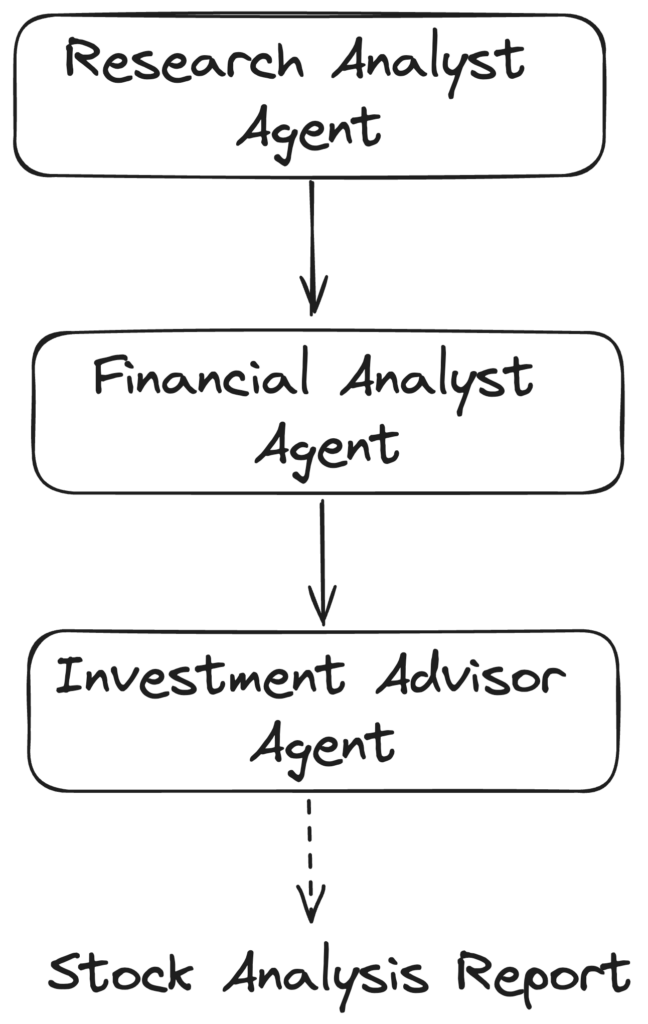20 Handy Pieces Of Advice For Deciding On Ai Stock Websites
20 Handy Pieces Of Advice For Deciding On Ai Stock Websites
Blog Article
Top 10 Tips On How To Assess The Strategy Customization Of Ai Trading Platforms
AI trading platforms that forecast or analyze stocks are renowned for their capacity to modify strategies that meet the requirements of the users. This lets them adapt to specific trading objectives and conditions, such as the risk tolerance. A platform that offers extensive customization options can greatly enhance your trading effectiveness. Here are 10 great tips to help you evaluate the platform's ability to customize your strategy
1. Evaluate Pre-Built Strategy Templates
Many templates - Look to see if there are pre-built strategies that cater for different styles of trading.
User-friendliness: Consider the ease with which you can use and modify these templates to meet your needs.
Performance history: Find out whether you have access to past performance data of strategies that you have already built.
2. Examine Customized Strategy Development
Drag-and-drop: Look for platforms that provide drag-and-drop interfaces for creating custom strategies.
Coding options: Determine whether the platform supports custom-made code (e.g., Python, R, or proprietary scripting languages) for advanced users.
Flexibility. Be sure to define key components such as risks management parameters, entry/exit regulations, as well as any other elements that make up your plan.
3. Check for Backtesting Capabilities
Historical data: Verify that the platform has enough historical data for back-testing strategies.
Customizable parameter: Make sure you can adjust parameters while backtesting (e.g. indicators, timeframes).
Performance metrics - Make sure to see if your platform offers detailed indicators of performance (e.g. the winning rate, Sharpe coefficient, or drawdown) for all backtested strategies.
4. Evaluate Real-Time Strategy Testing
Paper trading: Make sure that the platform provides paper trading and simulation modes for testing strategies in real time without taking risks with your capital.
Live testing is a great method of determining whether your strategy is able to be tested on the real world market using small amounts.
Real-time adjustments - Check whether you're able to modify your strategies in real-time based on the market conditions.
5. Evaluate the integration using technical indicators
Indicator library: Check whether the platform provides an extensive library of technical indicators (e.g. moving averages, RSI, MACD).
Custom indicators: Ensure you have the ability to create or import custom indicators that you can use in your strategies.
Indicator combinations: Verify whether the platform supports the combination of several indicators to make more complex strategies.
6. Check for Risk Management Tools
Stop-loss/take-profit: Ensure the platform allows you to set stop-loss and take-profit levels within your strategies.
Size of your position - Check for any rules you can use (e.g. a fixed amount or an amount of your portfolio) to control the risk.
Risk-reward Ratio: Verify that the platform supports setting individual risk-reward limits for strategies and trades.
7. Evaluate Multi-Asset Strategy Support
Asset classes: Verify that the platform offers strategies for a variety of asset classes.
Cross-asset strategies: See if you can create strategies that involve multiple asset classes (e.g. pairings trading, hedging).
Market coverage: Check if the platform covers the markets you're interested in (e.g., US, international, copyright).
8. Assess the automation, Execution and Execution
Automated trading: Ensure that the platform is able to automate the execution of strategies based upon established rules.
Order types: Determine the platform that supports various types of orders (e.g. market limits, limit and stop) to execute strategies.
Latency: Check if the platform can execute trades that have minimal latency particularly when using high-frequency strategies.
9. Make sure to check out the Strategies Optimization Tools
Parameter Optimization: Check whether the platform provides tools for optimizing strategies parameters (e.g. genetic algorithms, grid search).
Machine Learning Integration: Determine whether a platform is able to integrate machine learning to improve and refine strategy.
Assessment of scenarios: Determine if your platform is able of testing various strategies to deal with different market scenarios, such as bearish, bullish, or volatile.
Review Community Feedback and User Feedback
User reviews: Study reviews from users to assess the platform's effectiveness for strategy and personalization.
Community forums: Find out if the platform has an active community of users who can discuss and share their custom strategies.
Support resources: Make sure that the platform has documentation, tutorials, and webinars to assist users in creating and implementing strategies.
Bonus Tips
Trial period: Test the features of the platform that allow customization with a free trial or demo.
Scalability: The platform must be able to handle more complex trading strategies as they evolve.
Customer support: Determine whether the platform is able to provide support for issues related to strategy and queries.
These suggestions will allow you to evaluate the customization options of AI trading platforms which predict/analyze stocks. In this way you'll be able pick one that best suits your objectives in trading and lets you improve and implement strategies. A platform that offers a wide range of customization options can help you better adjust to market trends and enhance the performance of trading. Read the top rated visit this link about ai options trading for site examples including investment ai, ai stock price prediction, coincheckup, ai investment advisor, chart ai for trading, free ai tool for stock market india, stock analysis app, trading with ai, ai trading platform, stock analysis app and more.
Top 10 Tips For Evaluating The Trial And Flexibility Of Ai Stock Predicting/Analyzing Trading Platforms
Analyzing the trial and flexibility options of AI-driven stock prediction and trading platforms is crucial to ensure they meet your needs prior to signing up to a long-term subscription. Here are 10 top ways to evaluate each feature:
1. Enjoy the Free Trial
Tips: Find out if the platform gives a no-cost trial period for you to try the features and performance.
Free trial: This lets users to test the platform without financial risk.
2. Limitations on the time of the trial
TIP: Check the duration of the trial as well as any limitations (e.g. limited features or data access restrictions).
The reason: Knowing the limitations of a test will aid in determining if the assessment is thorough.
3. No-Credit-Card Trials
Look for trials which do not require credit cards in advance.
Why: This reduces the possibility of unexpected costs and makes it easier to decide whether or not you want to.
4. Flexible Subscription Plans
Tips: Determine whether the platform has flexible subscription plans (e.g. monthly, quarterly, annual) with clear pricing and tiers.
Why: Flexible plans allow you to pick the level of commitment that best suits your needs and budget.
5. Features that can be customized
TIP: Ensure that the platform you are using has the ability to be customized for alerts, risk settings and trading strategies.
The reason is that customization allows the platform to be adapted to your individual requirements and preferences in terms of trading.
6. The ease of rescheduling
Tips: Consider how simple it is to cancel or upgrade the subscription.
Reason: You are able to cancel your plan at any time, so you won't be stuck with a plan that isn't right for you.
7. Money-Back Guarantee
Tip - Look for platforms with the guarantee of a money-back guarantee within a certain period.
Why: You have an extra security net in case you don't like the platform.
8. Access to Full Features During Trial
Be sure to check that you can access all features included in the trial version, not just a limited edition.
Check out the entire functionality before making a decision.
9. Support for customers during trial
You can contact the customer service throughout the trial time.
Why? A reliable customer service can help you solve problems and make the most of your trial.
10. After-Trial Feedback Mechanism
TIP: Make sure to check whether the platform solicits feedback following the trial in order to improve their services.
What's the reason? A platform that takes into account user feedback is more likely to evolve faster and better meet the demands of its users.
Bonus Tip Optional Scalability
As you increase your trading activity and you are able to increase your trading volume, you might need to modify your plan or add additional features.
You can determine if you think an AI trading and stock prediction software is a good fit for your needs by carefully considering these trial options and flexibilities before making an investment with money. Check out the best her explanation for copyright advisor for site examples including investment ai, ai trader, chart ai for trading, getstocks ai, ai for stock trading, trader ai app, best ai for trading, ai trader, best ai trading app, stock analysis tool and more.